How to Spot the Difference Between a Cheetah, a Leopard, and a Jaguar
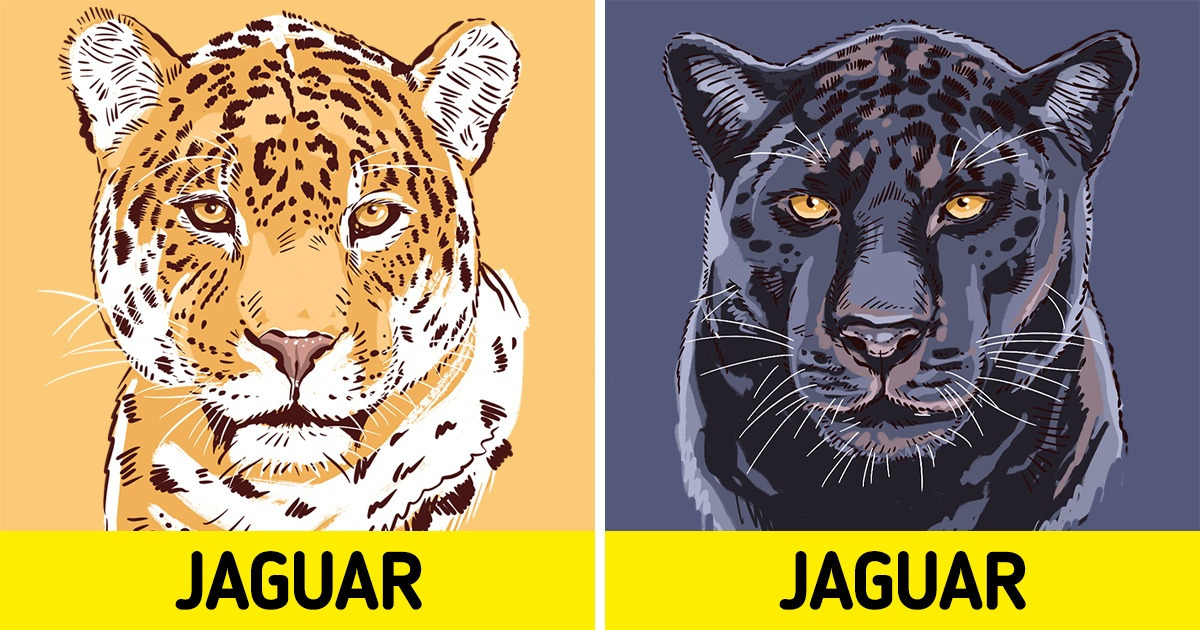
If you don’t know how to tell a cheetah from a leopard, or a leopard from a jaguar, you are not alone. These large spotted cats are often confused with each other. Although, there are more differences between them, than similarities. You just need to have a closer look.
Together with 5-Minute Crafts, you’ll learn how to easily differentiate a cheetah, a leopard, and a jaguar. And they will never look the same to you again.
The size, weight, and body shape
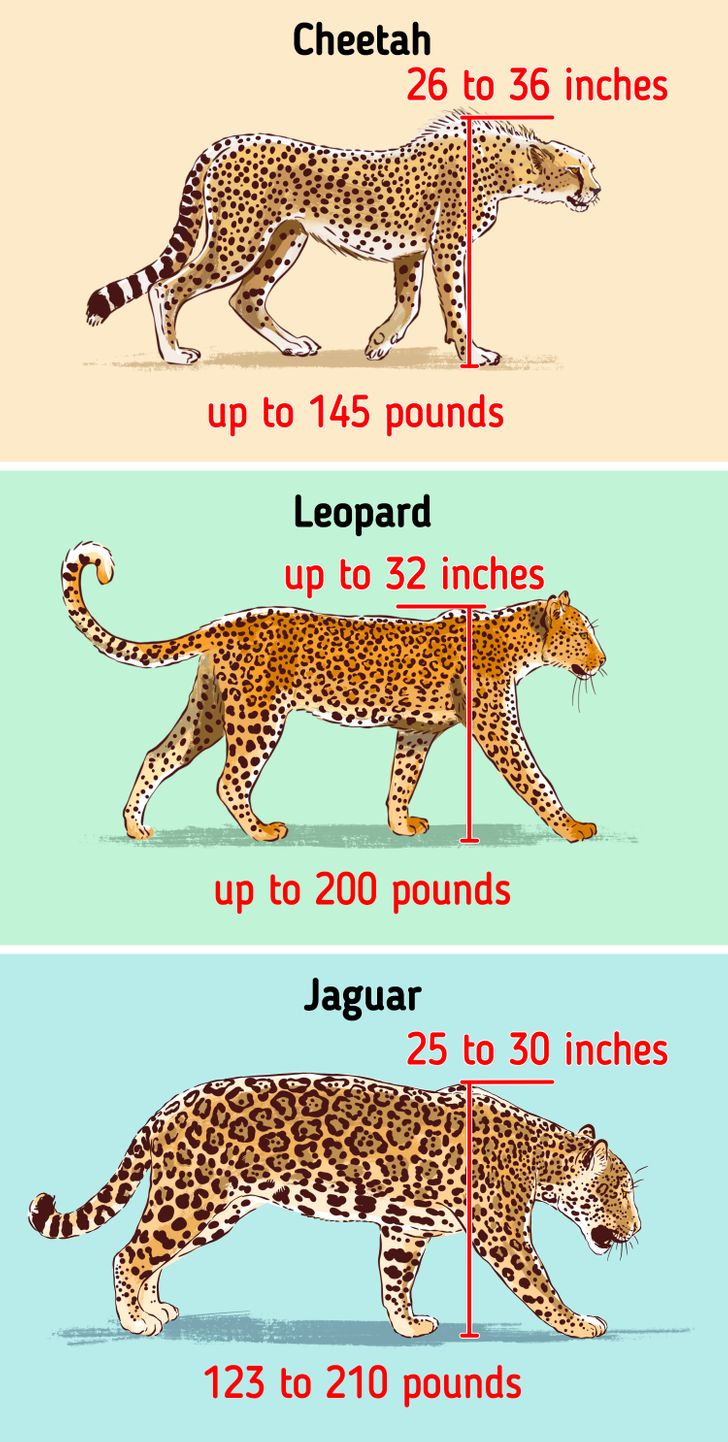
- Compared to the leopard and the jaguar, the cheetah has a rangy greyhound-like thinner body frame and a small head. It has longer, thinner legs and a long, agile tail that helps it move easily in pursuit of prey. Cheetahs are pretty tall and light. The average height is 26 to 36 inches, and the weight usually doesn’t exceed 145 pounds, but there are also larger individuals, whose weight can reach 160 pounds.
- The leopard has relatively short legs and a long body with a large skull, especially when compared to the cheetah. The leopard has a lighter build than the jaguar, but more muscular than the cheetah. The weight of these large cats can reach 200 pounds, and their height can reach 32 inches.
- The jaguar is one of the largest cats in the world. Only tigers and lions are bigger, stronger, and more massive. This animal has a very strong body, but it’s not as flexible and mobile as a leopard, and not as rangy as a cheetah. The jaguar can weigh up to 350 pounds (although the average weight is anywhere from 123 to 210 pounds), the height is usually 25 to 30 inches.
Head characteristics
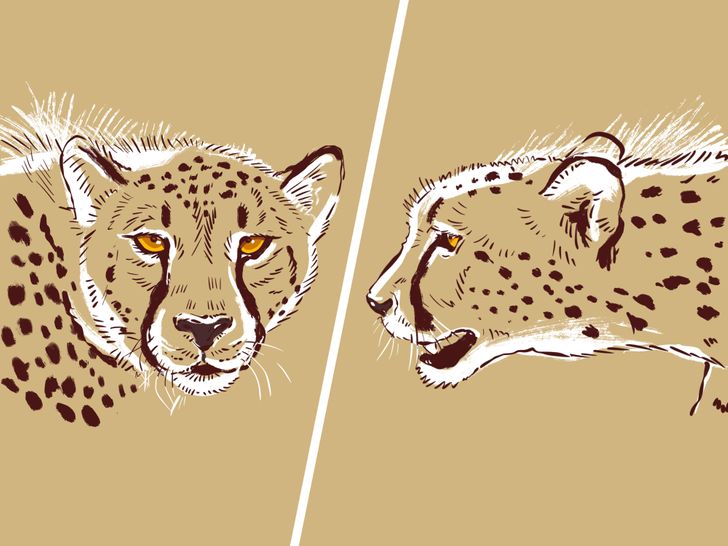
- The cheetah has a small rounded head and a short snout. Cheetah’s eyes are amber-brown, they are set high, and they have round pupils. Its jaws are not very massive, and its whiskers are quite short. The cheetah has “tear marks” — they are the black lines that run from the inside corner of its eyes down its cheeks.
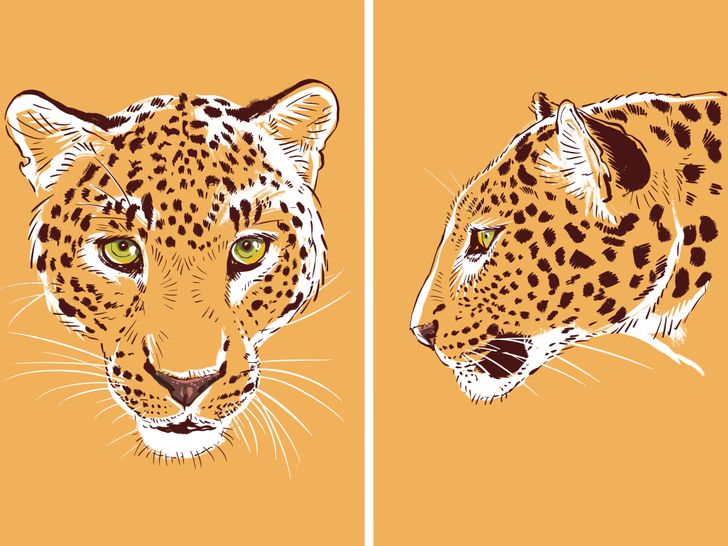
- The leopard’s head is much larger and more elongated than that of the cheetah, with powerful jaws. The whiskers are well developed (this difference is especially striking when compared with the cheetah’s whiskers), the eyes are yellow-green (apart from the Amur leopard of the Russian Far East that has blue eyes).
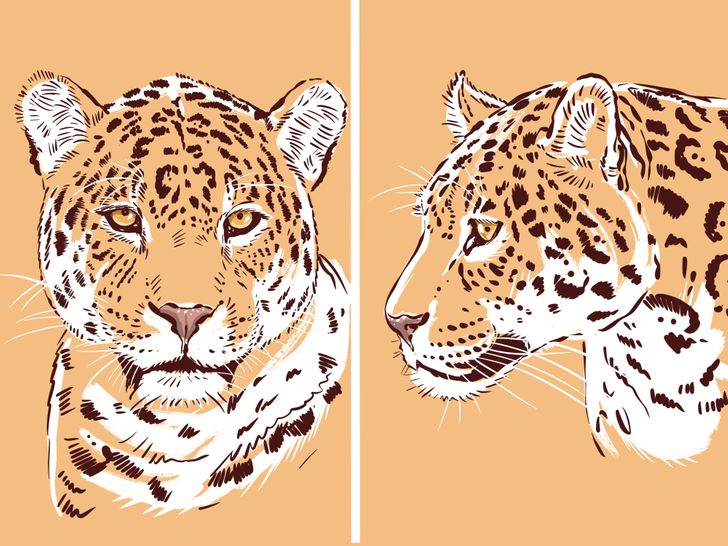
Coat differences
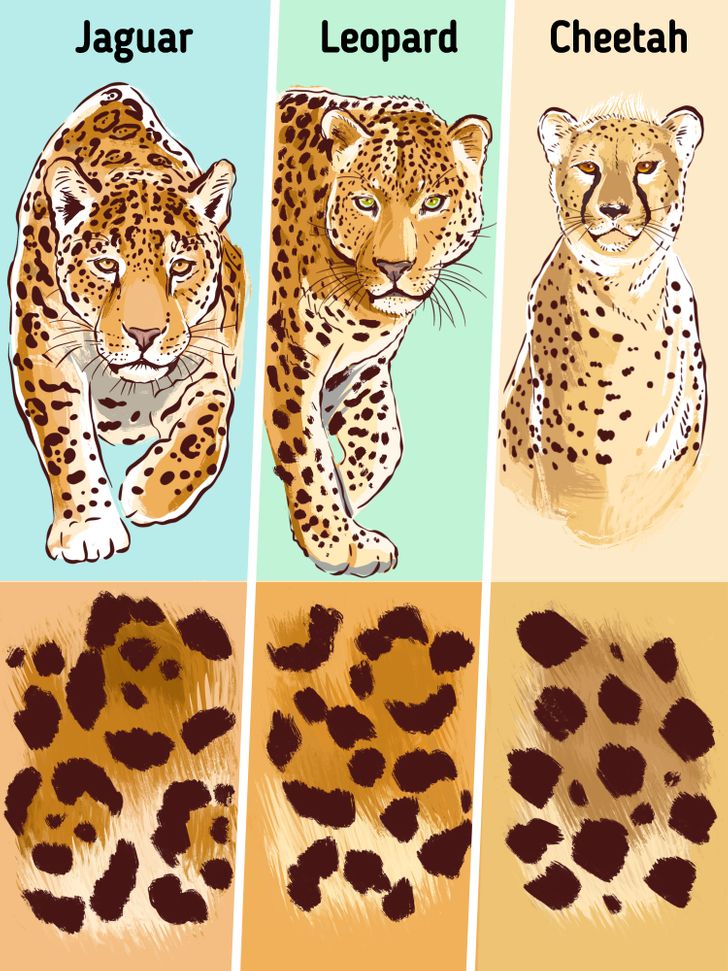
Despite the fact that the cheetah, the leopard, and the jaguar have a spotted coat, they are not identical.
- “Rosettes” on jaguars can be bigger and not that circular, unlike those of leopards. They may include one or several dots. Most rosettes have a black spot in the center, separated from the outer ring by the animal’s yellow ground color. Spots found on the head and neck are generally solid, as are those on the tail.
- The leopard’s spots also resemble “rosettes.” But they are smaller and more round than those of the jaguar. Overall, the fur under the belly tends to be lighter in color and of a softer, more downy texture. Solid black spots in place of open rosettes are generally seen along the face, limbs, and underbelly.
- Cheetahs have solid, round, polka-dot type black spots measuring 0.79 to 1.2 inches across. There are no spots on their white underside, but the tail, which usually ends in a bushy white tuft, does have spots that merge to form 4 to 6 dark rings at the end.
A few other curious facts
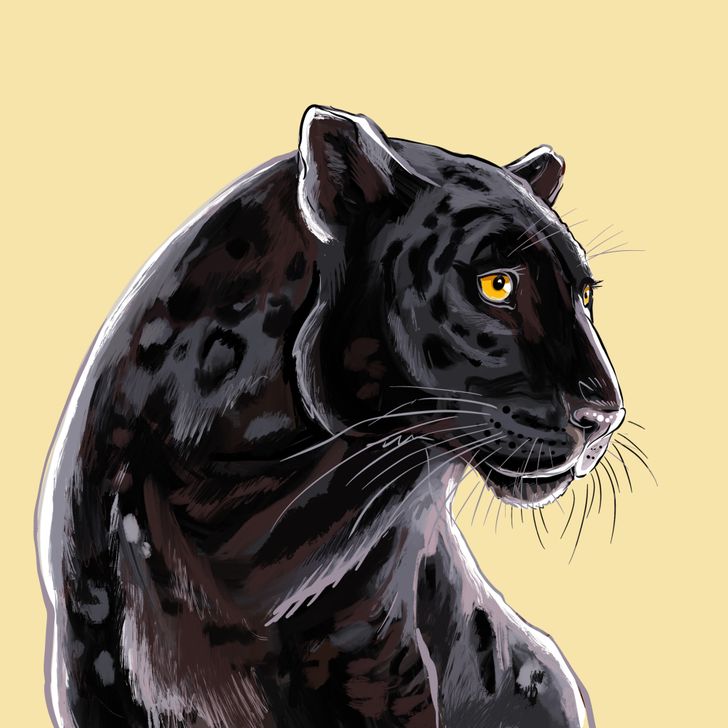
- A black panther is the melanistic color variant of the leopard and the jaguar. There is no such species as a “black panther,” it’s just a leopard or jaguar with excess melanin.
- The leopard and the jaguar belong to the same genus, Panthera, and can be considered close relatives. The cheetah belongs to a different genus, Acinonyx, and is not a “big cat.”
The leopard and the jaguar who belong to big cats can only roar but cannot purr. Cheetahs, on the other hand, can only purr. The structure of the cheetah’s voice box doesn’t allow it to roar.
The jaguar’s huge jaw muscles and teeth give it the strongest bite force of any mammal, allowing it to pierce the armor of a caiman and a tortoise.
- Cheetahs are more social than leopards and jaguars. They are able to join in groups and take care of each other. The leopard and the jaguar are solitary animals. They form pairs only during the breeding season.
- The cheetah is the only cursorial hunter in the cat family. Unlike the majority of other big cats who are ambush predators, its hunting strategy is based on its ability to sustain a high-speed chase across the open savannah. This incredible cat is capable of reaching a speed of 75 miles per hour and taking sudden sharp turns at high speed.
- Leopards are excellent tree climbers thanks to their long feline tails which aid their balance when in trees. A leopard’s power is such that it can carry a victim who is up to 3 times its own weight up a tree. In fact, it is the only big cat known to carry dead prey up into a tree. Jaguars are also quite agile in trees. Cheetahs are often seen sitting on the lower branches of trees where they reach by jumping off the ground.
- Cheetahs hunt during the day while leopards and jaguars prefer to hunt at night.
- Jaguars thrive in and around water, regularly hunting caiman and anacondas, and even diving for large fish. Leopards can swim, but prefer to hunt on land, just like cheetahs.